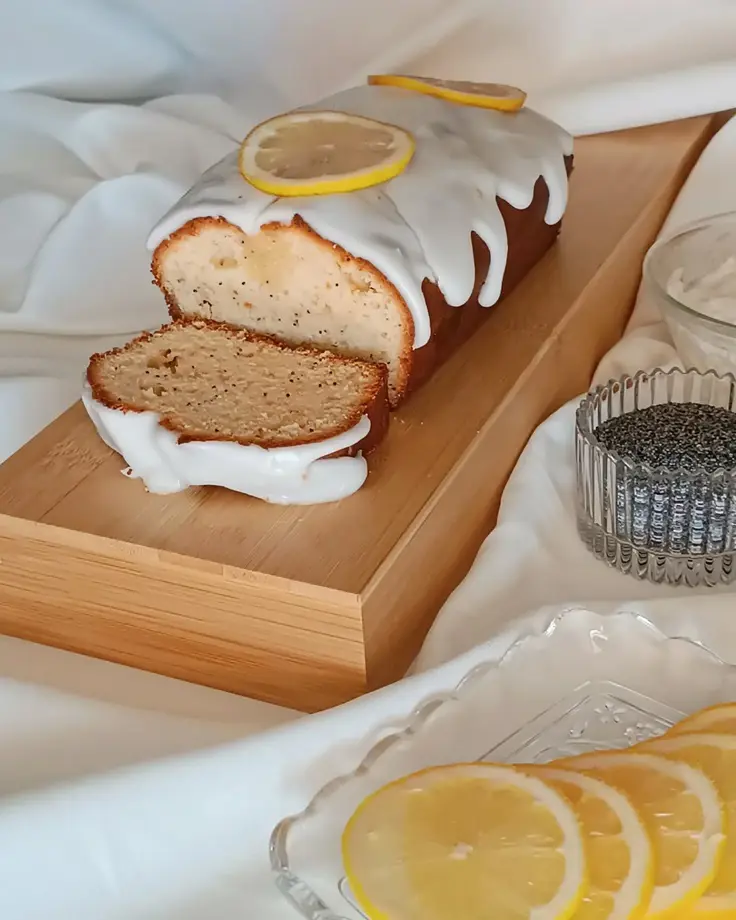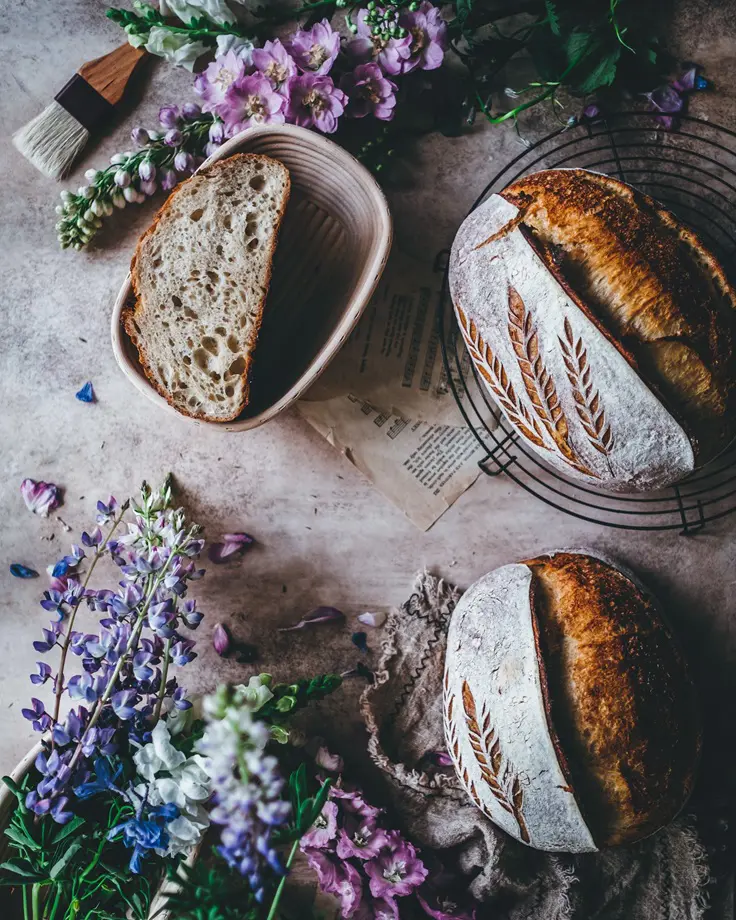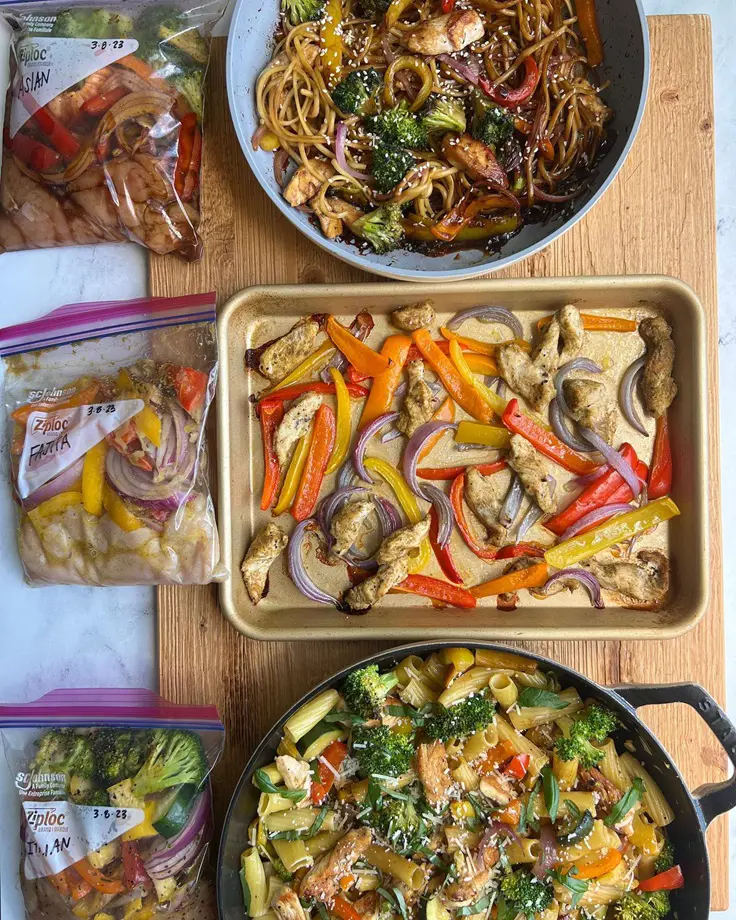How To Make Matcha: A Guide to Matcha’s Role in Japanese Culture
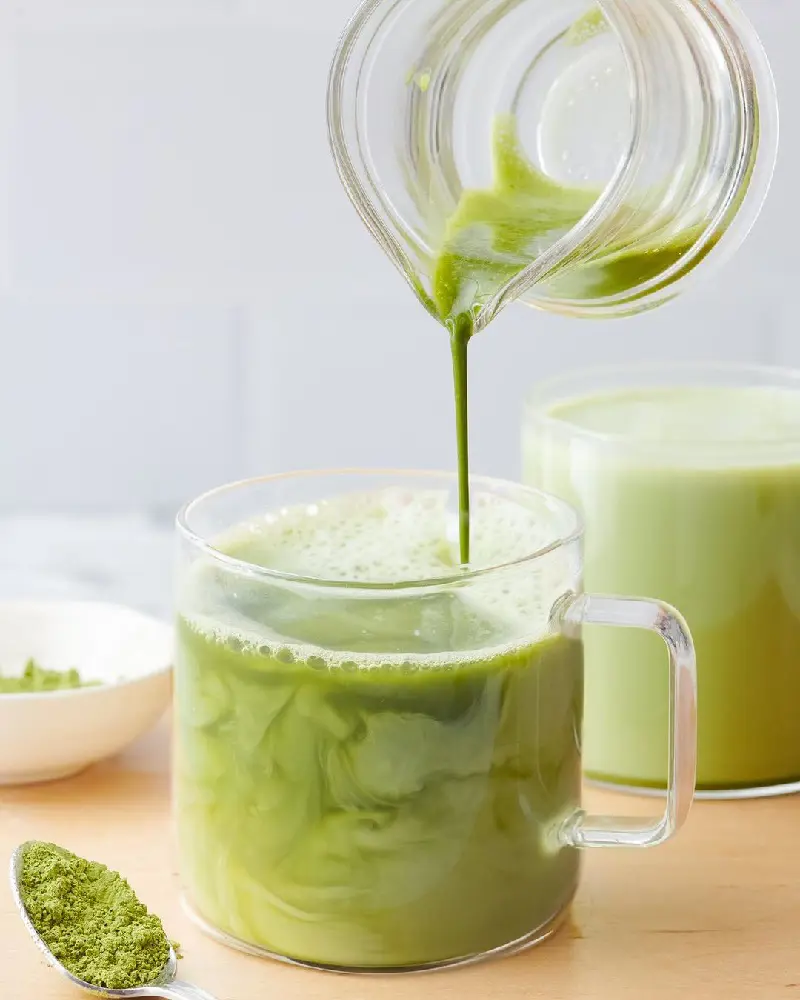
This post may contain affiliate links. If you make a purchase through links on our site, we may earn a commission.
Matcha, a finely ground green tea symbolizes the Japanese tradition and culture. Being around Japan for more than a century, Matcha was first introduced by the Zen Buddhist monks as a drink to enhance meditation practices.
With time, the Matcha went on to become popular for its health benefits as well as significance in Japanese tea ceremonies. Once you taste this flavor of Japan, there is no going back. You will surely be addicted to this and crave more each time you feel low and less energetic.
What Is Matcha Tea?
Filled with a grassy, umami flavor, Matcha Tea is a healthy drink that belongs to the Japanese culture. It is a simple-to-prepare drink that doesn't require anything more than Matcha powder and hot water.
To enhance its overall taste, you can simply add some sweeteners or even foamed milk and whisk them along to make a perfect blend for a relaxing tea as well as Matcha latte experience. The soothing flavor of Japan comes alive with the Matcha Tea.
Ingredients Of Matcha Tea
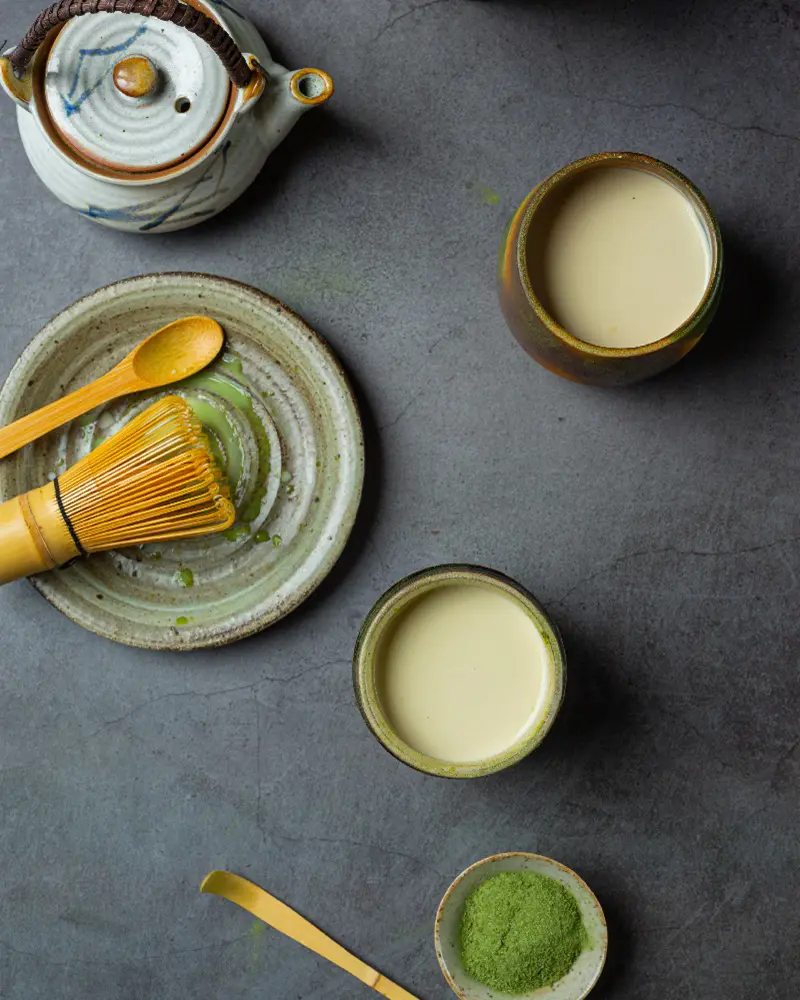
An excellent Matcha Tea requires only a few ingredients and takes just a few minutes to prepare. The typical Matcha tea ingredients are mentioned below:
1. Matcha Powder: This is the base ingredient of Matcha Tea. It is a finely ground green tea powder that is made from processed green tea leaves.
2. Water: An obvious ingredient is high-quality water. You can also use regular drinking water but soft mineral water or natural spring water will enhance the overall flavor.
3. Sweetener(Optional): Sweetener is just a way to make your tea a bit tasty for your tongue. Ingredients like honey, and maple syrup can do the job for you.
4. Milk (Optional): Milk is optional as well. Using milk, the matcha tea can be transformed into a unique flavored latte. Choose from regular milk, soy milk, or any other milk of your preference.
Best Matcha Powder For Your Tea
A high-quality matcha powder is going to take your tea experience to a whole another level. Looking out for one can be a bit challenging for a first-timer. You just have to keep in mind a few things before making your choice.
The first thing you want to check is the grade as the Matcha mainly comes in two grades, ceremonial and culinary. You surely should go for the ceremonial grade as it is considered the best to drink Matcha tea.
To find out its quality look for finely grounded powder with a vibrant bright green color. If you could access someone in Japan, bringing Matcha from Japan could be a great option to try the original taste.
Tools Required For Making Matcha Tea
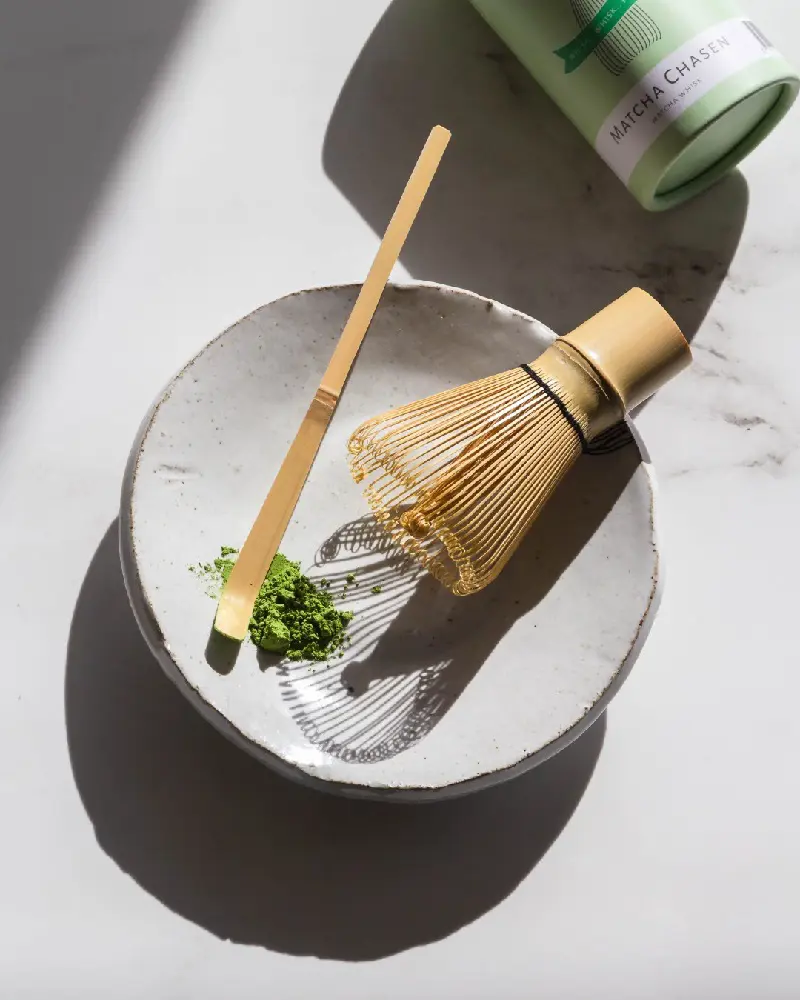
Before jumping right into the process of Matcha making, you will need a few tools. These tools give you a traditional Japanese tea-making experience. The only tools you need are mentioned below:
1. Spouted Matcha Bowl: A Matcha bowl is an important part of the tea-making process. This bowl is typically handmade and is smooth in texture. The size of this bowl suits well for the whisking.
2. Matcha Whisk (Chasen): The second thing you need to make Matcha tea is the Matcha Whisk, aka Chasen. This is a bamboo whisk that makes up for a great tool to transform Matcha into a frothy foam. It also helps to avoid clumps in the preparation process.
How To Make Matcha Tea. The Recipes!
After you have everything you need for the Matcha tea you can then start the preparation process. The preparation of Matcha tea can be done in multiple ways. Among them all we have listed below a few that are simple and convenient.
Method 1 [Authentic Japanese Recipe]
The authentic Japanese Matcha Tea recipe is the simplest way to prepare the tea at home. Follow the step-by-step process to get the desired result.
1. The first thing you want to begin with is the Matcha powder. Pour it into a bowl and remove clumps if you see any.
2. While you remove the clumps, in a heating bowl or an electric water boiler set aside a desired amount of water to boil at moderate heat.
3. As the water starts to boil, get a large cup and put in the Matcha powder. Add the hot water from the top and whisk them properly. Using a bamboo whisk is ideal to experience the Japanese preparation process.
4. After whisking the mixture for around a minute or two, enjoy the tea immediately. The tea might be hot so make sure to take small sips to avoid tongue burn.
Method 2 [Matcha Latte]
Moving on to another method, this is the one suitable for latte lovers. Below is the step-by-step process to prepare your Matcha latte.
1. Begin by pouring the packed Matcha powder into a bowl along with hot water. Whisk until they blend perfectly to make a watery paste.
2. Meanwhile, in a boiling pot set aside a cup of milk of your preference. Heat the milk and make it foamy using milk frother.
3. Pour the foamed milk into the Matcha mixture and stir it well to add extra taste.
4. Before drinking it, add sweetener if you desire. This could enhance the taste of Matcha but can be avoided if you wish to experience the original taste.
Method 3 [Matcha Iced Latte]
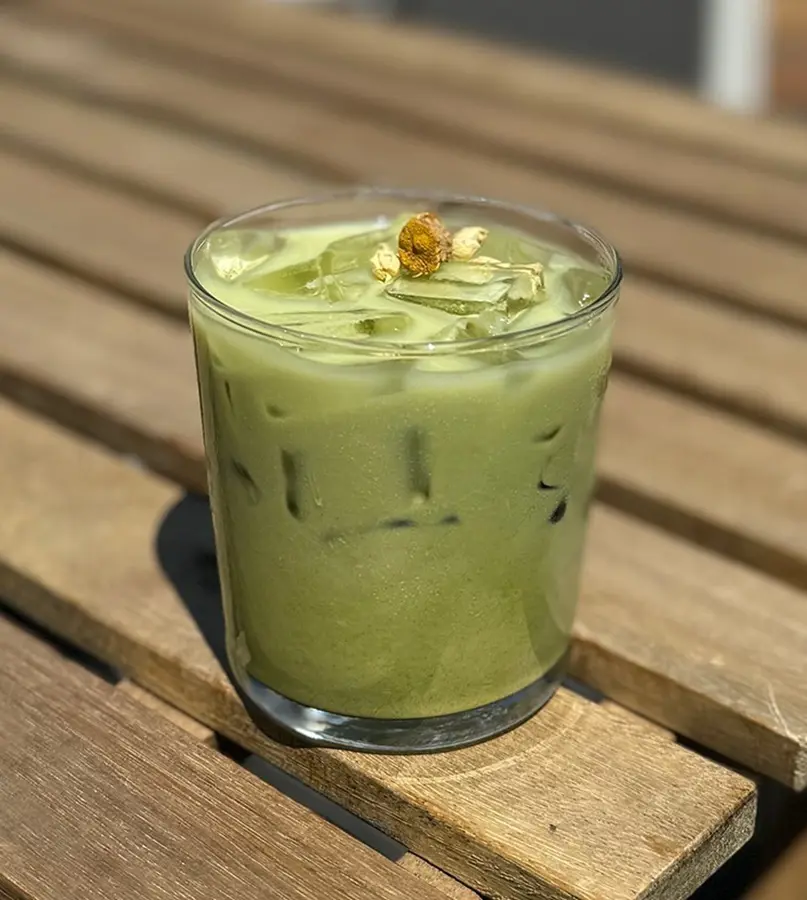
Moving on to another method, this version of Matcha goes well on hot summer days. Here is the sequential process to create your refreshing Matcha Iced Latte.
1. Similar to the Matcha Latte, you just start by pouring the Matcha powder into a bowl along with hot water. Whisk them together for a few minutes to make the perfect blend.
2. After that, bring in a glass and fill it with ice cubes. Try to fill it halfway and keep some space for the Matcha mixture and milk.
3. Pour the mixture over the iced glass carefully. Next, you want to add cold milk to the glass to make the refreshing drink.
4. If you prefer your drink a bit sweeter, adding a sweetener of your choice can be done.
Method 4 [Matcha Smoothie]
Another simple yet refreshing way to prepare Matcha is this one. You just have to follow the below-mentioned easy process.
1. Start by setting aside all the ingredients mentioned above in front of your kitchen table. A banana and a handful of spinach can be added to the original ingredients.
2. After you are all set with the ingredients, add all of them in a juice blender. Keep blending until you see a smooth texture from the outside. You might want to keep checking from inside as well.
3. At the end, pour the smoothie back into a glass and enjoy. Adding a few ice cubes can make the smoothie more refreshing.
Notes
- Avoid Low-Quality Matcha Powder: The quality of the Matcha powder you use can directly affect the taste of your tea. With the popularity of Matcha tea in Western countries, many brands have started selling low-quality products. So, follow the steps we have mentioned above to find the best Matcha Powder.
- Milk: The need for milk while making the latte varies according to personal preference. Feel free to adjust the quantity or the flavor of the milk according to your requirements.
- Storage: Although the Matcha tea (with no milk) can be stored for two to three days in the refrigerator, the nutritional value of the tea only lasts for around 24 hours. It is better to avoid storing it until necessary. Meanwhile, the Matcha powder has a shelf life of two to three months and must not be stored in the refrigerator.
- Whisking Process: Matcha tea can be prepared in multiple different ways but whisking it is an essential part. You might want to avoid using a spoon to prevent clumps and use an electric frother or bamboo whisk instead.
- Some people might find the Matcha a bit bitter. Adding a small amount of sweetener like honey or maple syrup can help get rid of the bitterness.
How To Serve Matcha Tea
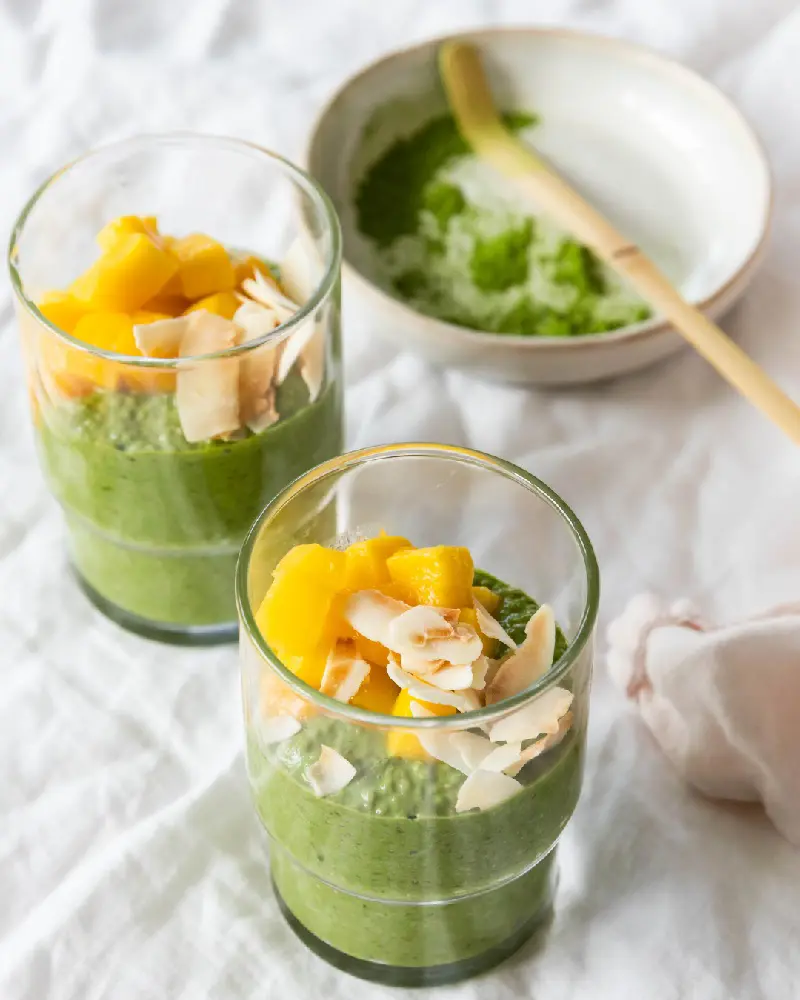
In the context of Japan, Matcha tea is typically served in a highly ritualized process. It is offered to the guests in a matcha bowl with both respect and gratitude. Every guest takes a moment to appreciate the bowl before taking the first sip.
Beyond that, the Matcha tea can even be served in a coffee mug or a simple glass. It can be a perfect morning drink to start your day with energy and a unique flavor. Meanwhile, Matcah tea can be served in both hot as well as cold forms.
a. Served Hot: This is the authentic serving way of the Matcha tea. It can be served with pastries or other baked items.
b. Served Cold: A modernized version of the tea, serving the Matcha tea cold is a bit refreshing. It is an ideal way to refresh yourself during the hot summer days.
What To Serve With Matcha Tea
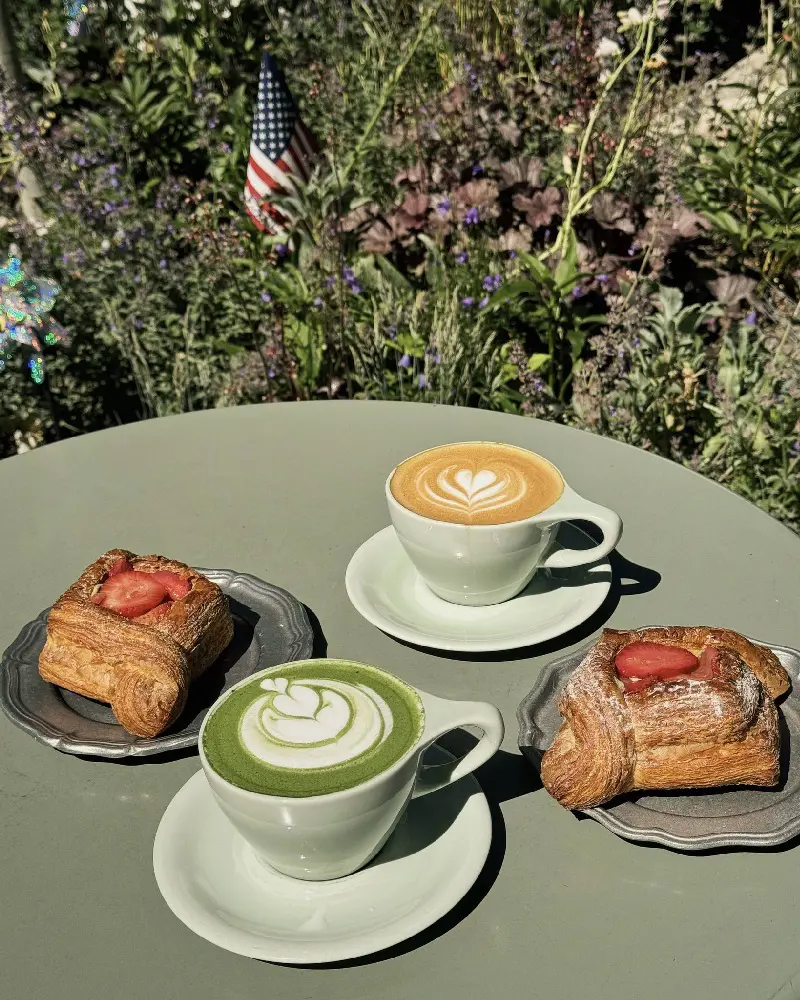
Due to a different taste than normal tea, choosing a perfect side dish to match the Matcha tea can be a bit challenging. However, here are some of the delightful options to serve along with it:
- Wagashi: It is a traditional Japanese delight made of sweets like mochi, dorayaki, and daifuku. As Matcha tea also belongs to Japanese culture, both of them go well with one another.
- Fresh Fruits: Fresh fruits like strawberries, blueberries, and citrus fruits are another great choice to serve along with Matcha tea. They add a taste of refreshment and color to your serving.
- Pastries: Who does not want to have pastries with tea? Although having them with Matcha tea might sound insane, the buttery texture of pastries does work as a balancing agent of the bitterness from Matcha.
- Nuts and Seeds: For a crunchy texture, almonds, walnuts, and sesame seeds can be served along with Matcha tea. They also add extra health benefits to your snack.
- Savory Snacks: Snacks with a light salty flavor provide a savory option that pairs well with the umami flavor of Matcha tea.
Can Matcha Tea Be Made Ahead
In some cases, Matcha Tea surely can be made ahead of time. To do so, you just have to know how to brew Matcha tea in a large quantity without milk and store it in the fridge in an airtight container. However, you should try and finish the brewed tea within two to three days.
Also after 24 hours, the nutritional benefits of the tea also start to degrade making it just a flavorful tea. Considering all the factors, making Matcha tea at home ahead of time is not so ideal. But still, if you wish to do so, feel free to try it out yourself. This might help you save some time.
Matcha’s Role In Japanese Culture
As mentioned earlier, the Matcha tea has remained a significant part of the Japanese culture and tradition. Not only that, it is also a historic way of celebrating Buddhist rituals. The cultivation of Macha in Japan began during the 12th century when it was first brought from China.
Since that day, it has become an integral part of the entire country as the main tea of the traditional tea ceremony. This ceremony also known as Chanoyu or Sado, showcases the hospitality, harmony, and respect of the Japanese people.
As a main part of this ceremony, the Matcha tea offers a way to connect with others and create lasting memories. It is considered the highest quality tea found in the world and is used to demonstrate hospitality and respect for the guests.
Every sip of the tea during this ceremony highlights the care in its preparation and serving.
Health Benefits Of Matcha Tea
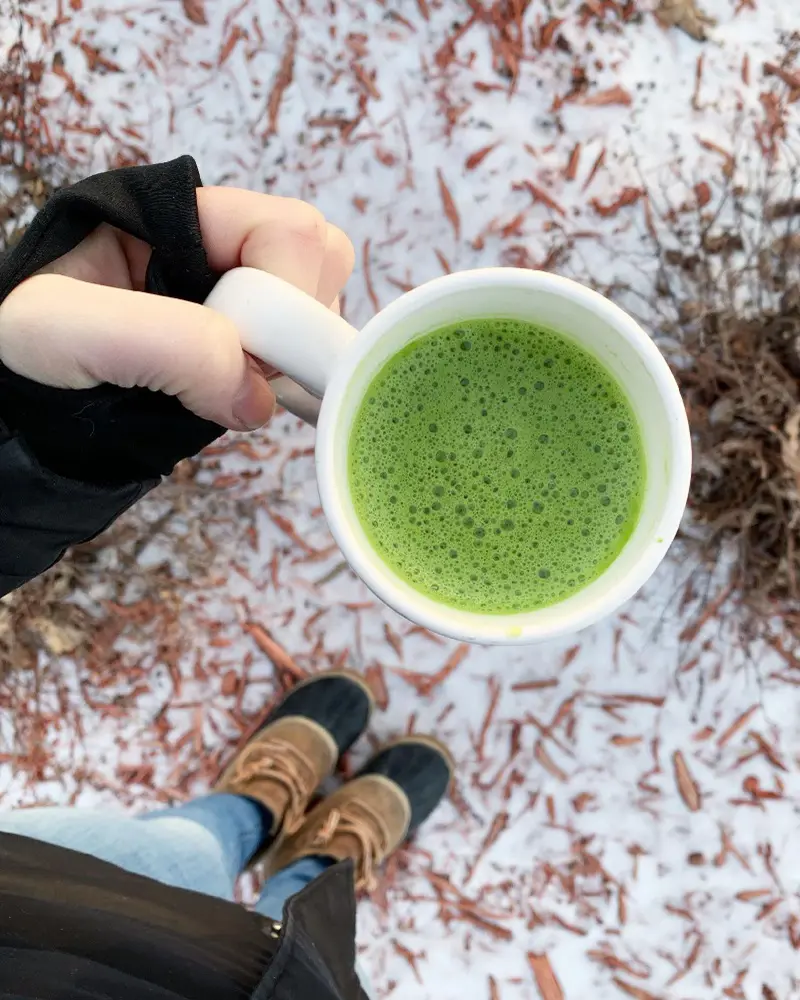
Along with offering an authentic Japanese flavor, the Matcha tea is packed with different health benefits. This has made it one of the popular choice among the health enthusiasts as well as others.
It is rich in antioxidants that protect the body from cell damage. Matcha tea is also a healthy source of caffeine that provides energy without the feeling of nervousness that coffee often gives.
Moreover, the L-theanine in Matcha works as an amino acid that promotes relaxation and reduces stress levels. Having a cup of Matcha tea every morning helps you stay calm and energized throughout the day.
Other Uses Of Matcha
Except for tea making, Matcha also plays an important role in the Japanese culinary world. Adding a Matcha to the cooking provides a unique flavor to your dish. It can be used in various sweet and savory dishes and drinks. In Japan, it is commonly used in ice cream and sweets like matcha soft-kuru.
Further, it is also added in foods like, soba noodles, guacamole, smoothies, and salad dressing. Using a small amount of Matcha in multiple meals is an excellent way to enjoy the health benefits of Matcha tea. It can give a unique taste to your meal if used in the right amount.
Recent posts
Lifestyle
Lifestyle
How To Eat Crawfish The Right Way
A crawfish is a small crustacean that resembles a tiny lobster. Though small in size, this freshwater creature is equally delicious as any other seafood, they are tender, sweet and a little salty. Enjoying crawfish may seem challenging as they are ti...
Lifestyle
Expert Ways To Eat Poppy Seeds
Poppy seeds are small yet powerful because of their nutty taste and crunchy texture. Mild and gentle addition to any dish, they are a staple ingredient in cuisines around the world; you can find them in curries in India and in baked goods in Europe. ...
Lifestyle
How To Stop Snoring: 15 Home Remedies To Get Rid Of
A huge part of population have to lose sleep just because of snoring. If we look at the data from the studies, it has been reported that around two thirds to half of the population are affected by this common issue. What makes this problem more conce...
Lifestyle
Is Sourdough Bread Really Healthy?
Sourdough bread is not just another bread; it's a time-honored and naturally fermented food. With the use of all-natural ingredients, even the yeast, the bread has a unique flavor and texture to offer. Chewy, crusty and sour, sourdough bread is appre...
Lifestyle
20 Foods That Are Bad for Your Heart
Sadly, cardiovascular disease ends one life every 33 seconds, and that, indeed is an extremely tragic moment. Hence, giving your heart great importance and keeping it healthy is so important for overall health, and what you eat can make a big differe...
Lifestyle
20 Foods That You Can’t Freeze
Freezing foods can be a realistic time-saver, it is one of the most convenient ways to preserve food in our kitchens for later use. It can do both, reduce food waste as well as save time in food preparation. However, there are exceptional cases...

